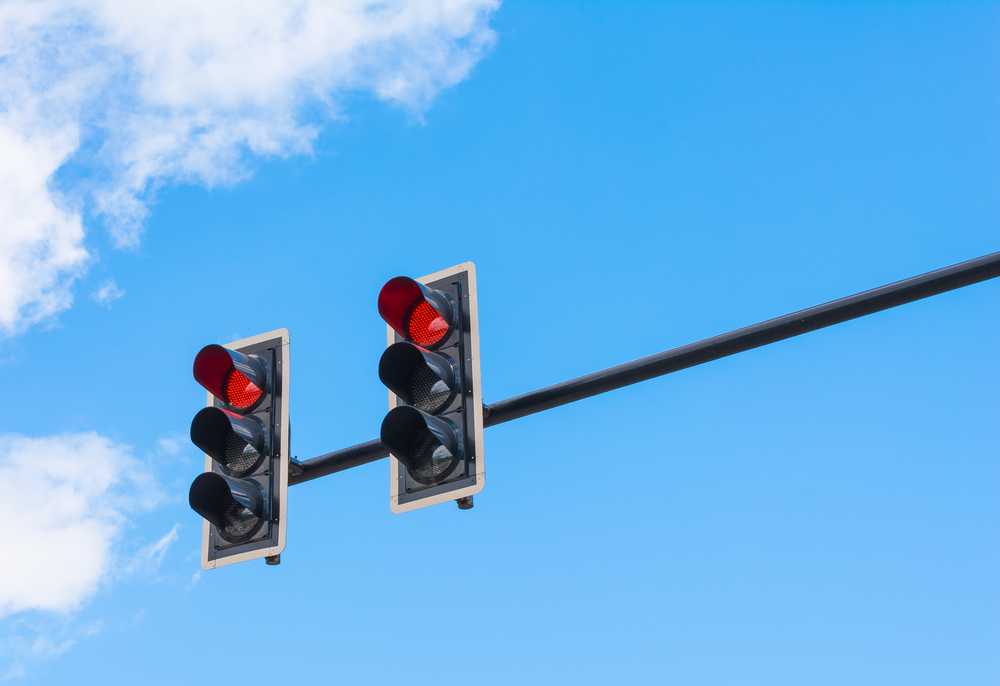
to show how they work.Īt each approach to the intersection, there are three directions vehicles can go called movements: right, through, or left. Let’s take a look at a typical intersection here in the U.S. Beyond this basic function, traffic signals can take on innumerable complexities to accommodate all kinds of situations. The amber light warns that the signal is about to change from green to red. When the light is green, that lane has the right-of-way to cross. In their simplest form, traffic signals are a set of three lights facing each lane of an intersection. They aren’t a panacea for all traffic problems, but they do offer a very nice balance of the considerations we discussed before: Relatively low cost, minimal space requirements, and able to handle large volumes of traffic with only some interruption. You can see why traffic signals are so popular. On the other hand, simple signs are cost-effective and don’t require any extra space, but they can’t handle a lot of volume because they create an interruption for every single vehicle passing through the intersection. From a throughput standpoint, the ideal intersection would cause no interruption in flow whatsoever, but you can’t put a high-five interchange on every city block. Intersections also need to be rigidly standardized so that, when you come to an unfamiliar one, you already know your role in the careful and chaotic dance of vehicles and pedestrians.
Traffic signals how to#
For these reasons, traffic engineers put a lot of thought and analysis into the design of intersections and how to make them as safe and efficient as possible.Ĭontrolling the flow of traffic through an intersection, otherwise known as assigning right-of-way is an enormous challenge and almost always requires a compromise of numerous conflicting considerations, including space, cost, approach speed, cycle time, sight distance, types and volumes of traffic and human factors like habits, expectations, and reaction times.

In addition, these intersections are where a vast majority of accidents occur. The only way to increase the number of vehicles that safely travel from point A to B is to increase the efficiency of the intersection. In other words, increasing the number of lanes or the speed limit won’t have any effect on the overall capacity of the road. In most cases, these intersections are the limit to the maximum throughput of the roadway. We call this “interrupted traffic flow” for obvious reasons. Rather than ramps, overpasses, and access roads to control the flow of traffic, arterial roads use at-grade intersections through which only a few traffic streams can pass at a time. And, in between are the aptly-named arterial roadways, the medium-capacity connections between urban centers. Small collector roads are like the capillaries with not much capacity but a connection to every individual house and business. Highways are like the aorta with a high capacity and single major destination. There are a lot of good analogies between cities and human anatomy, and roadways are no exception. Over the years we’ve developed quite a few ways to manage this challenge of who gets to go and who gets to wait, from simple signs to roundabouts, but one of the most common ways we control the right-of-way at intersections is the traffic signal. One of the most fundamental of those challenges happens at an intersection, where multiple streams of traffic - including vehicles, bikes and pedestrians - need to safely, and with any luck, efficiently, cross each others’ paths. But, traffic management in dense urban areas is an extremely complex problem with a host of conflicting goals and challenges. When you’re stuck and sitting behind a long line of cars, it’s easy to let your mind wander over solutions to our traffic woes. All those idling vehicles have an impact on air quality. Traffic is not just frustrating, but it has consequences to the environment as well. In most cases, we just want to get where we’re going. In city driving, the journey is rarely better than the destination. If you live in a major city, I can take a pretty good guess at one of your most common frustrations: traffic.


 0 kommentar(er)
0 kommentar(er)
